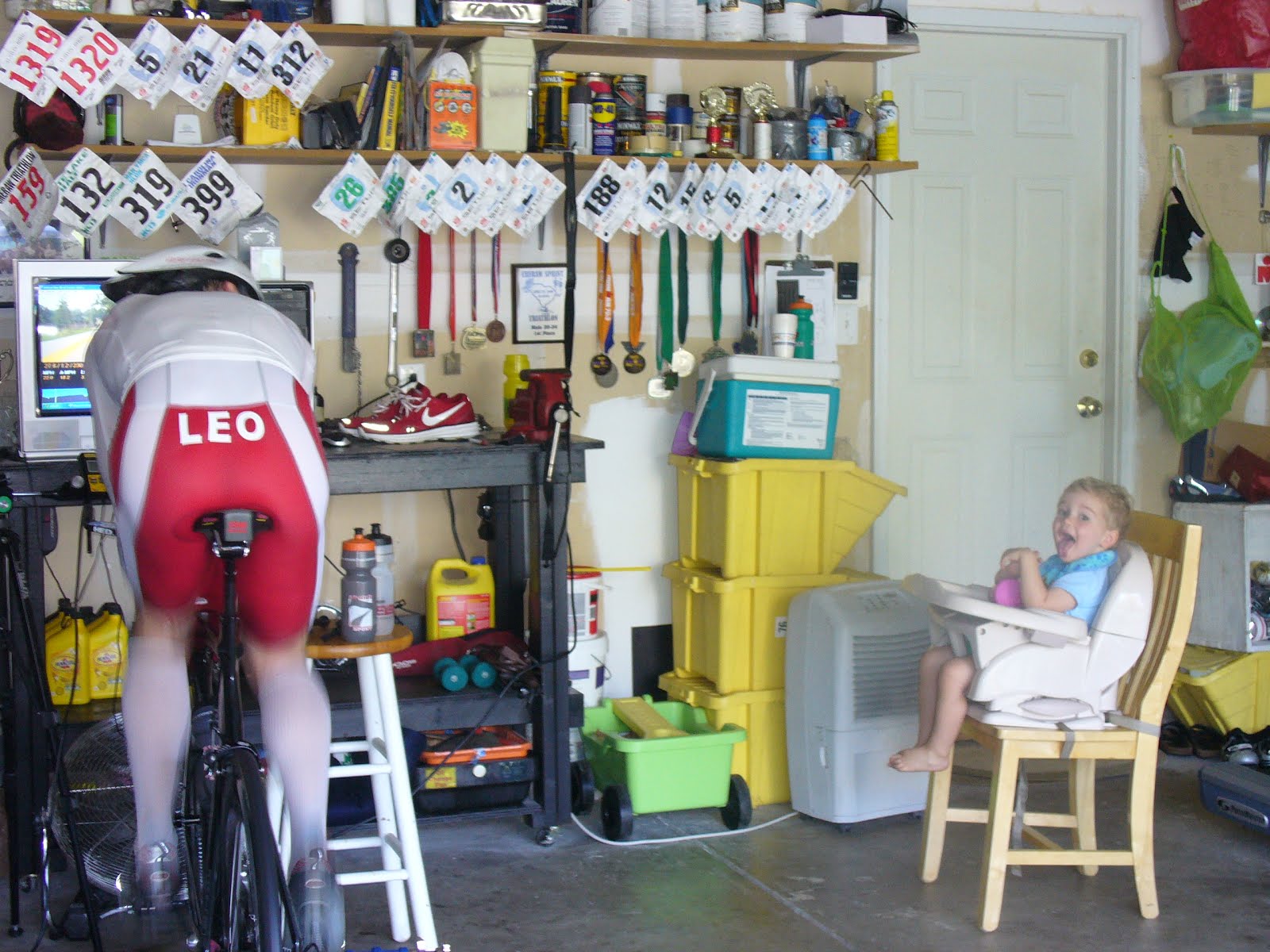I open this post with reference to DSL and Dial Up to hammer home a very important point when running. Most athletes spend much time and energy to get faster. I can't blame them for that. We all want to get faster.
Some will even focus on running form and economy to make the 'cost' of running less. I'd argue, however, that most default to pushing the pace harder with little attention to the neurological end of things.
Case in point. When going to the track and doing 6 x 800 m to 4 x 1600 m efforts what are you looking at for the most part? Your splits? Your HR response? Your blood lactate accumulation? Your stride rate tendencies? What metrics are you looking at?
Lets bring this closer to home. Today I ventured out on my 1.35 mile loop to hit 10 miles at 1/2 marathon pace. On this run I focused on holding a steady pace all the while focusing on the all important stride rate. For me a stride rate of 90 to 92 per minute is indicative of a pace of 5:45 to 6:05. On the flip side, when I switch from DSL to Dial Up (fatigued nervous system) I see stride rate ranging from 84 to 85. This stride rate tends to point to a pacing that mirrors a 6:45 to 8:10 pace.
Take Home Point: when an athlete gets fatigued (neurologically and muscularly) they will spend more time on the ground (per foot strike) vs. going forward. Stride rate typically decreases and pace increases. Two things that people do not want to happen when racing.
At IMF 2010 my average pace was 8:10/mile with an average stride rate of 82 (including walk breaks at aid stations). I'd be willing to bet that if I had trained my legs to turnover at 88 to 90 (two knee surgeries prevented much training at all) that pace would have been closer to 7:30/mile.
Okay, lets get to the point. If an athlete wants to get faster at short to long course racing he or she better focus on increasing their ability to resist fatigue at the neurological end of things.
Yes, its important to log fast 1600s, 400s, 800s, etc, but one MUST not forget about the HOW and the WHY behind their training progressions.
I hope you all focus on 'upgrading to DSL' in 2011 and beyond.
I'll be sharing how I am making such an uprgade in posts to come.
Train with purpose, train with precision, and train smart,
Coach L

No comments:
Post a Comment